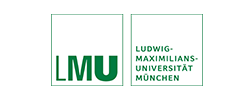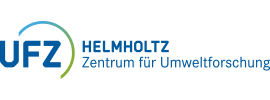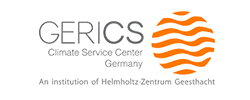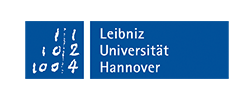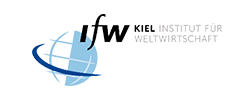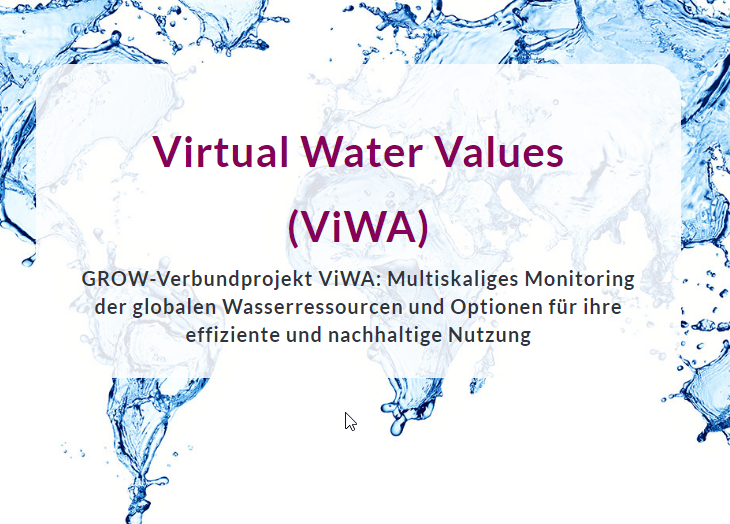The “Water-Food-Energy Nexus” tool is used to determine the trade-offs between agricultural production, irrigation requirements and electricity production by hydropower under scenarios of agricultural intensification in river basins.
The “Water-Food-Energy Nexus” tool is an integrative tool for determining trade-offs that result from potential scenarios of agricultural intensification in river basins. Using scenarios for increased fertiliser application, more productive variety selection and irrigation of crops (e.g. maize), the tool enables the calculation of the irrigation water demand and the expected increase in yield in the river basin (production volume in tons and sales volume in € according to the world market price). The tool determines the reduction in discharge in the channel due to the abstraction of surface water for irrigation. The losses in hydroelectric power production resulting from the reduction in discharge are quantified (amount of energy in kWh and sales volume in € according to the price of electricity) and compared to the increases in agricultural yield. In addition, river sections are identified which, under the given scenarios, fall below the threshold value of the minimum ecological flow due to the abstraction of irrigation water.
The tool was developed using the Danube river basin as a case study and, thanks to its transferable methodology, can be applied to any river basin of any scale (a few km² to > 100,000 km²) and with any spatial resolution (10m² to > 100km²).

![Change in discharge [m³/s] in the Danube river basin due to the large-scale intensification and irrigation of maize in 2017 (Q rf: rainfed discharge, i.e. without intensification or irrigation, Q irr: irrigated discharge, i.e. with intensification and irrigation, Q delta: absolute reduction in discharge. Red sections in the river network indicate a drop below the minimum ecological flow in at least one month for the year 2017. © Elisabeth Probst, Christine Werner, Tobias Hank, Wolfram Mauser, Ludwig-Maximilians-Universität München, 2020. The Danube river basin with its river network is shown. Most of the river network is indicated in blue; some sections of the lower Danube are red (e.g. the Danube mainstream below the Iron Gate and the Tisza river). Diagrams with modelled discharge over time are shown for ten gauges or sub-basin outlets in the river basin (Achleiten, Drava, Sava, Bezdan, Tisza, Mures, Siret, Prut, Iron Gate, Ceatal Izmail). The diagrams include the non-irrigated discharge (blue line), the irrigated discharge (red line) and the absolute reduction in discharge (dashed black line). While there is little or no difference between the non-irrigated and irrigated discharge at some gauges (Achleiten, Drava, Sava, Bezdan), a significant difference is visible at others (Tisza, Mures, Siret, Prut, Iron Gate, Ceatal Izmail).](https://www.innovationsatlas-wasser.de/fileadmin/2022-03-09T10_36_06_01_00-Nexus_Donau_01.jpg)
